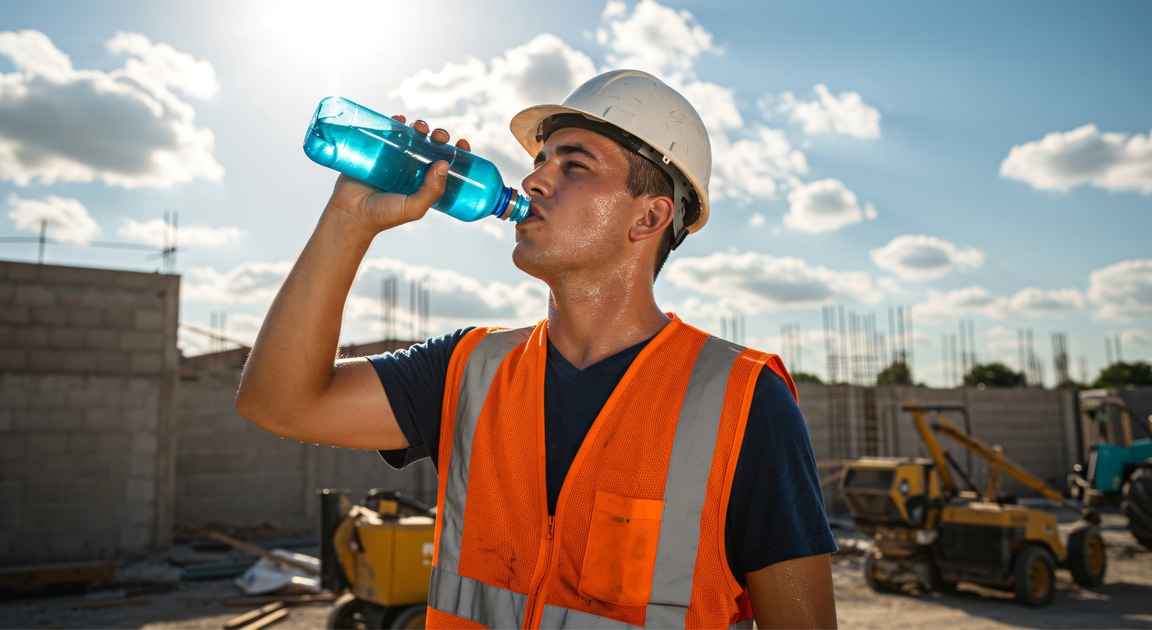
Beat the Heat: Protect Workers with the Right PPE
Hot weather doesn’t just make the job harder; it can put workers in danger. Heat stress can leave your crew tired, dizzy, or worse. So, how do you keep them safe and productive?
This article will show you how to spot heat stress, understand what it means for workers in full PPE, and choose the right gear that protects without adding to the heat.
What is Heat Stress?
Heat stress happens when the body can’t get rid of heat fast enough. It can start with heat cramps, painful muscle spasms caused by dehydration and salt loss. If it gets worse, it can lead to heat exhaustion: headaches, dizziness, nausea, and confusion. Without help, heat exhaustion can turn into heat stroke. Heat stroke is a medical emergency. A person with heat stroke can collapse or even die.
The Role of PPE in Heat Stress
Personal protective equipment keeps workers safe from cuts, chemicals, or falling objects. But it can also trap heat. Hard hats, safety glasses, gloves, and coveralls block airflow. In hot weather, these items can raise body temperature fast. That doesn’t mean PPE is the enemy. It’s about finding a balance, protection without adding too much weight or warmth.
Choosing the Right PPE
When you’re picking PPE for hot weather, keep these points in mind:
- Breathability: — Air should move through the fabric.
- Weight: — Lighter gear is easier to wear in the heat.
- Fit: — Gear should fit snug but not tight, so workers stay comfortable.
New PPE designs make a big difference. Some coveralls and vests have special cooling packs or mesh panels. Hard hats come with sunshields that protect workers without trapping extra heat. Gloves can be made from fabrics that stay strong but feel cooler on the skin.
How Thompson Safety Can Help
At Thompson Safety, we take heat stress seriously. That’s why we offer PPE designed for hot conditions, like lightweight gloves, cooling hard hats, and moisture-wicking shirts and pants. We also provide safety training to teach your team how to spot heat stress and stay safe.
Our focus is on quick, reliable support. We’re ready to help you find the right gear for your job site so you don’t waste time or worry about safety gaps. Let’s work together to keep your team safe and cool this summer. Reach out to Thompson Safety today and let’s get started.
DISCLAIMER: The content provided on this website is intended solely for informational purposes. While Thompson Safety strives to offer reliable and accurate information, we shall not be held liable for any errors or omissions in the featured content. The material presented does not constitute professional advice. Users relying on this information pertaining to our products or services are solely responsible for independently verifying the accuracy of the information from trustworthy sources, including the product manufacturer, business policy/procedures, NFPA, and their local Authority Having Jurisdiction (AHJ). Our service offerings may vary by market, and not all services are available in all markets.
